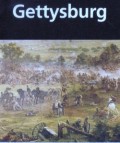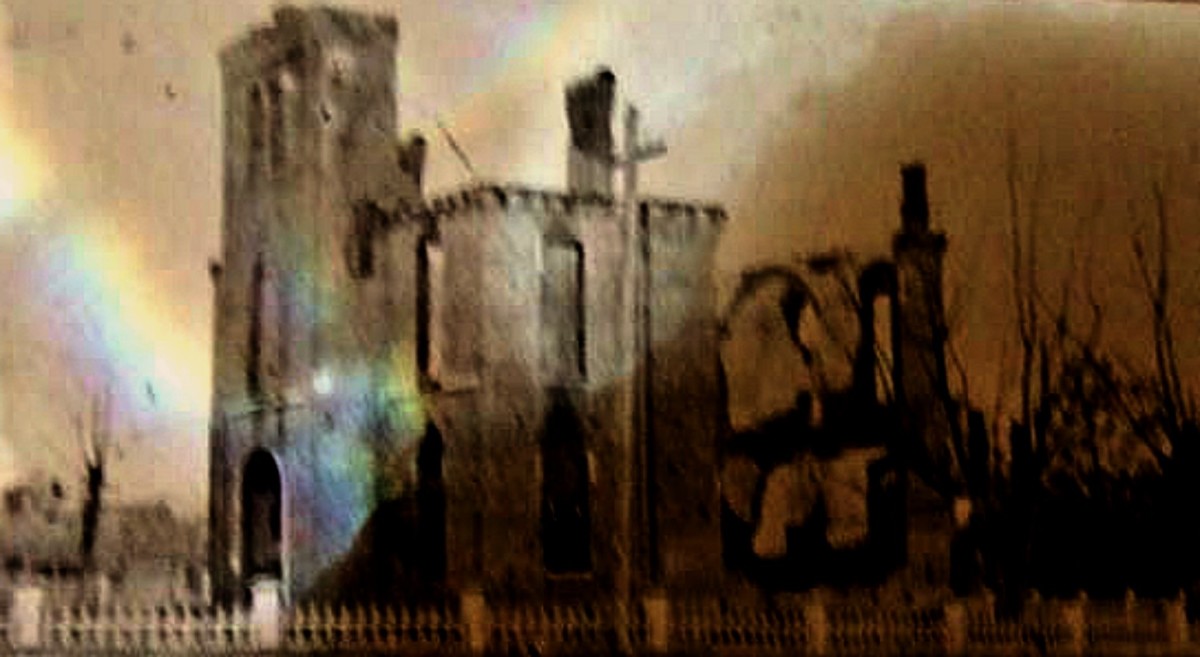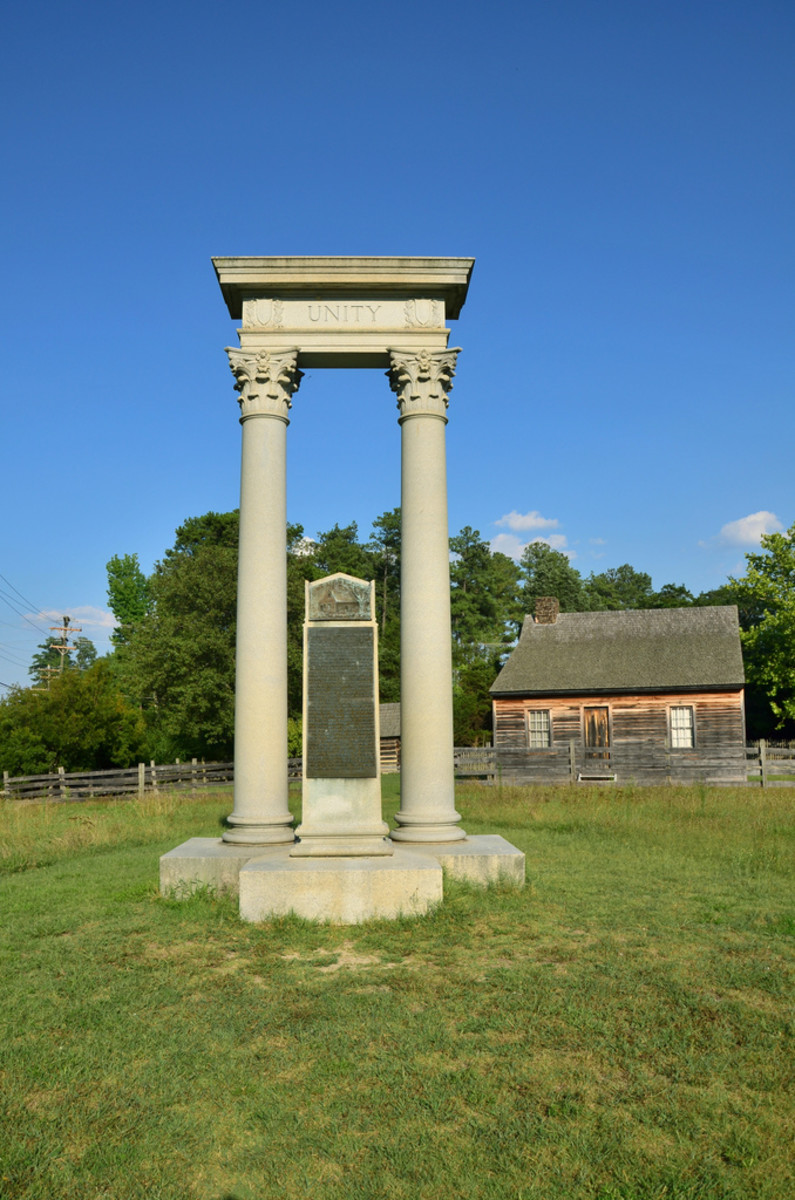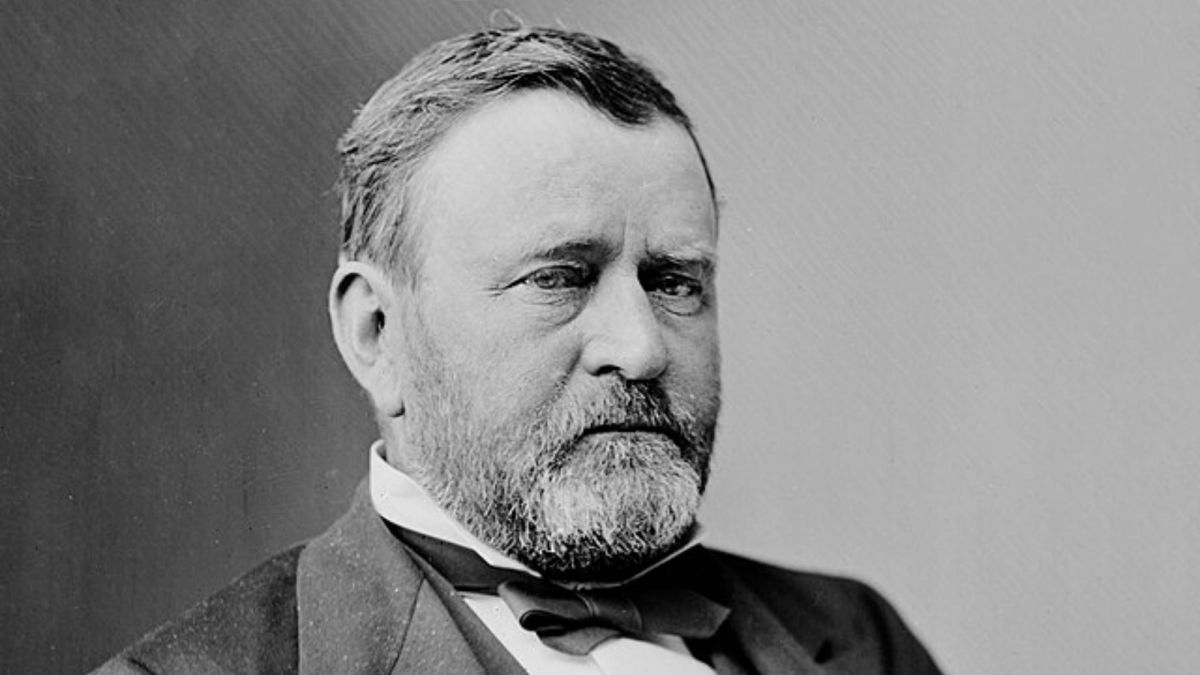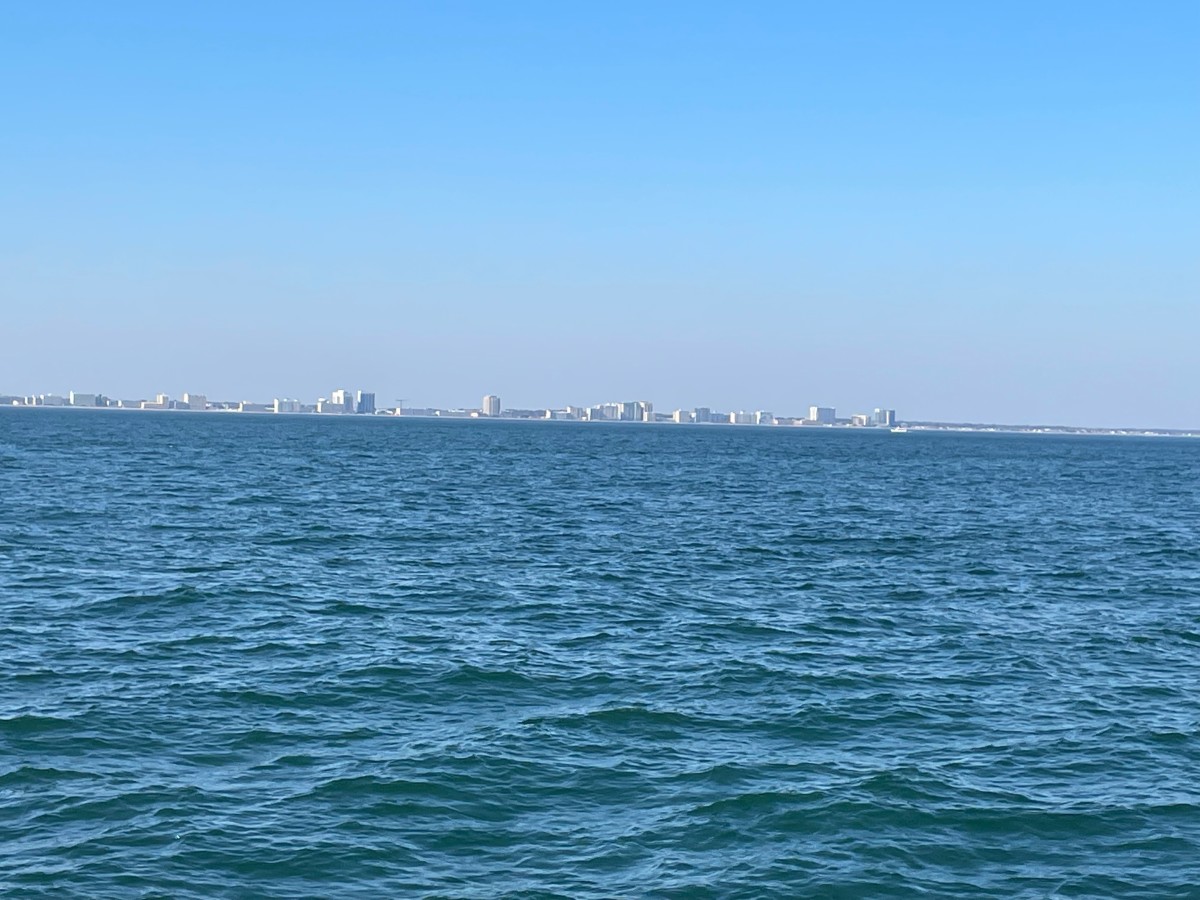- HubPages»
- Travel and Places»
- Visiting North America»
- United States
Exploring Virginia: Manassas National Battlefield Park
Fort Sumter, South Carolina is heralded as the "first shots of the American Civil War" but it was at this site near Manassas, Virginia that the armies of the North and South first met in combat on July 21, 1861. Both sides were flush with confidence that this initial meeting would result in their country's overwhelming victory and the war would be over "before the spring". Instead, massive confusion and casualties brought home the reality and realization that the civil war was going to become a bloody, brutal and extended affair.
Manassas National Battlefield Park encompasses the site of the First and Second Battles of Bull Run, preserving the origin of one of the most dramatic and difficult periods of American history.
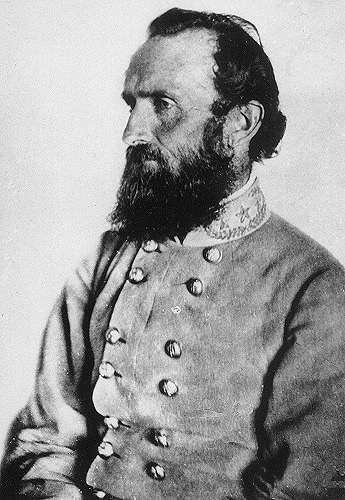
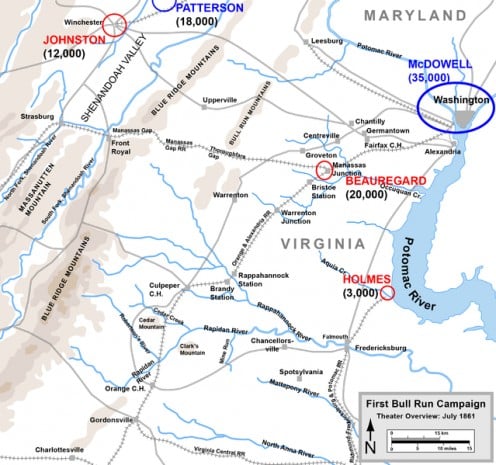
The First Battle of Bull Run
The battlefield at Manassas was the first meeting of the Union and Confederate armies, full of unseasoned troops with commanders whose experience was limited to the two decades previous Mexican War or military institute classrooms. The Union Army under Brigadier General Irvin McDowell faced significant pressure from Washington politicians to quickly end the rebellion. Although concerned about the raw nature of his army, he planned a surprise attack on the Confederate left flank. Some denizens of Washington, confident of victory, even came out to the heights around Manassas to watch the "splendid scene".
The Confederates, commanded by Brig. Gen. P.G.T. Beauregard, were also planning on attacking the Union left flank but found themselves hard pressed by the Union army, despite the fact that the attack was poorly executed. Col. Thomas Jackson's brigade of Virginians managed to hold against the attack long enough for Brig. Gen. Joseph Johnston to bring reinforcements from Winchester, Virginia by railroad, thus earning Jackson the nickname "Stonewall". The reinforcements enabled the Confederates to rally, and turned the tide of battle to their side. The Union retreated haphazardly to the safety of Washington, but the Confederates were almost as disorganized and did not pursue their advantage.
The Second Battle of Bull Run
Just over a year later, on August 28, 1862 the two armies would return to the same place to wage a larger battle. This time the players were General Robert E. Lee in command of the Army of Northern Virginia facing Major General John Pope's Army of Virginia.
Now a General, Stonewall Jackson's men captured a Union supply depot at Manassas Junction, threatening to cut off Pope's supply and communication lines with Washington D.C. Moving to intercept him, Pope became convinced he had trapped Jackson and seemed unaware another wing of Confederates under Maj. Gen. James Longstreet had broken through Union defenses at Thoroughfare Gap and was approaching on Jackson's right flank. On August 30th, Longstreet's artillery decimated the Union V Corps under Gen. Fitz John Porter and counterattacked in the largest co-ordinated simultaneous attack of the war. The effect was a devastating repeat of the first battle, except the Union retreat was much more organized and prevented the Confederates from following them all the way to Washington.

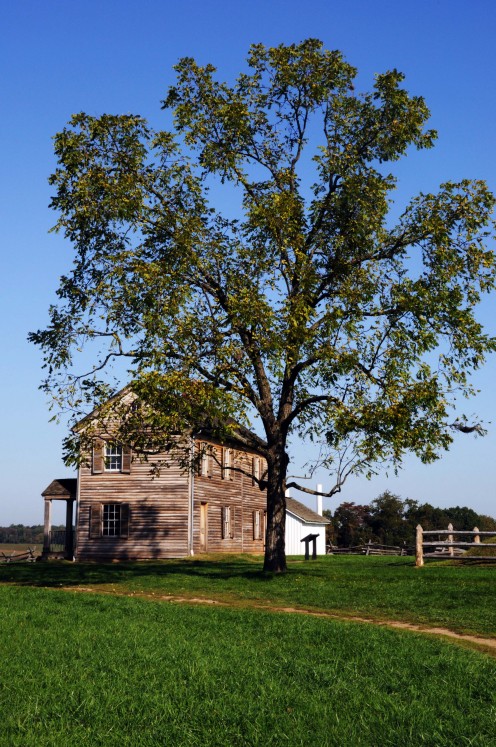
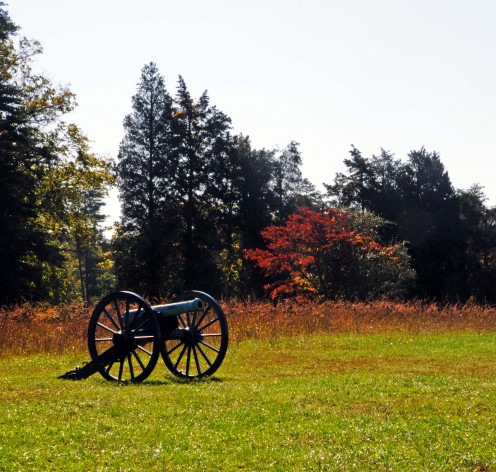
The Park Today
Today, Manassas National Battlefield Park is a peaceful memorial to the lives lost and victories won at the site. Several historic buildings from the battle still stand on the grounds. A large visitor's center offers an explanation of the battle, historic displays including weapons and uniforms, walking tours and a gift shop.
Key sights include:
- The Henry House: nearest to the visitor center is this building which belonged to the Henry family. 85 year-old Judith Henry was the only civilian casualty of the First Battle. An invalid, she was killed by shrapnel from Union fire as she lay in her bed, unable to leave.
- Groveton: A civil war era village, now defunct. The only remaining building belonged to Lucinda Dodge.
- Portici: The plantation house of Francis Lewis, now in ruins.
- Cannon lines: For both Confederate and Union forces on Henry and Matthew hills, and in scattered places throughout the battlefield.
- Miles of walking trails: These paths are popular with walkers and joggers from nearby Manassas.
- The stone house and stone bridge: Key sights from the 2nd battle, the first was used as a hospital, the second for the Union retreat.
The battlefield is a very large place and has several sections divided by Lee Highway and Sudley Road. Driving between sections is recommended, although some sites are accessible only by walking.
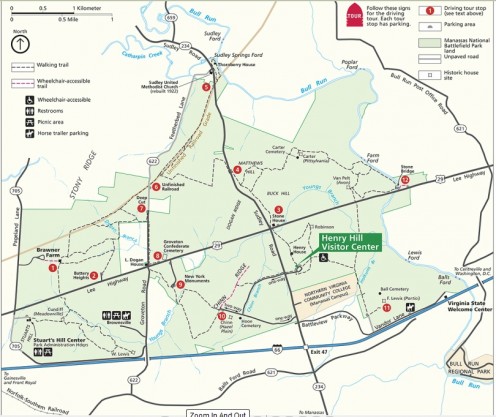
Hours and Information
Manassas National Battlefield Park is located just north of Manassas, Virginia at the intersection of Lee Highway and Sudley Road. Driving east or west on I-66, there will be signs for the park exit.
- Park is open every day of the year from dawn until dusk.
- Henry Hill Visitor Center is open 8:30 am - 5 pm except Thanksgiving and Christmas.
- Brawner Farm Interpretive Center is open 9 am - 5 pm daily.
- The Stone House is open April through Labor Day.
- Entry fee is $3 for a 3-day pass for visitors 16 and older. Payable at Henry Hill Visitor Center. Annual passes are available for $20.
- Pets are permitted on trails in the park. No horses.
- All parking lots have handicapped spaces and many trails are paved and handicap accessible.
Additional Information
- Manassas National Battlefield Park
Official Website

